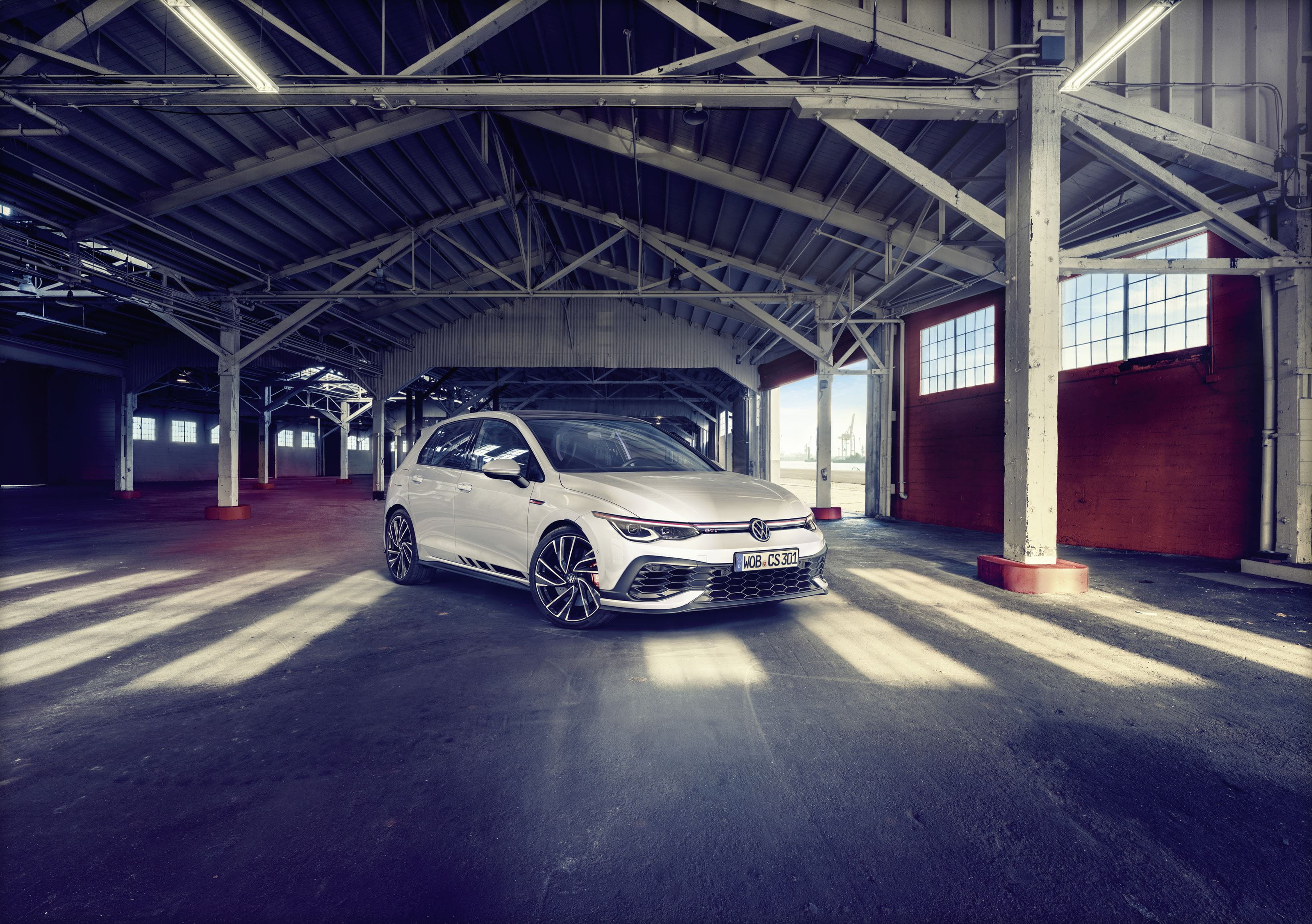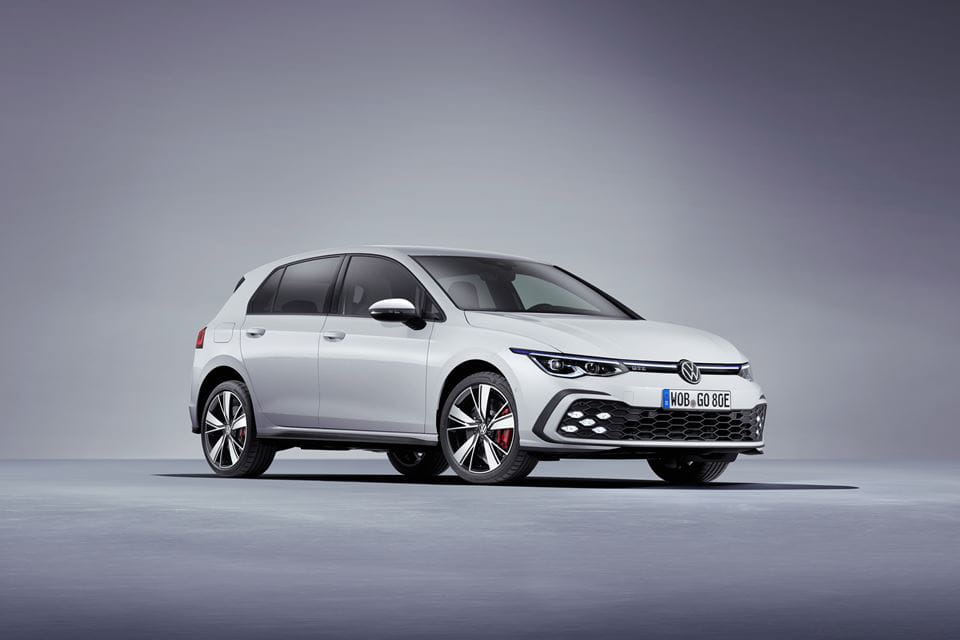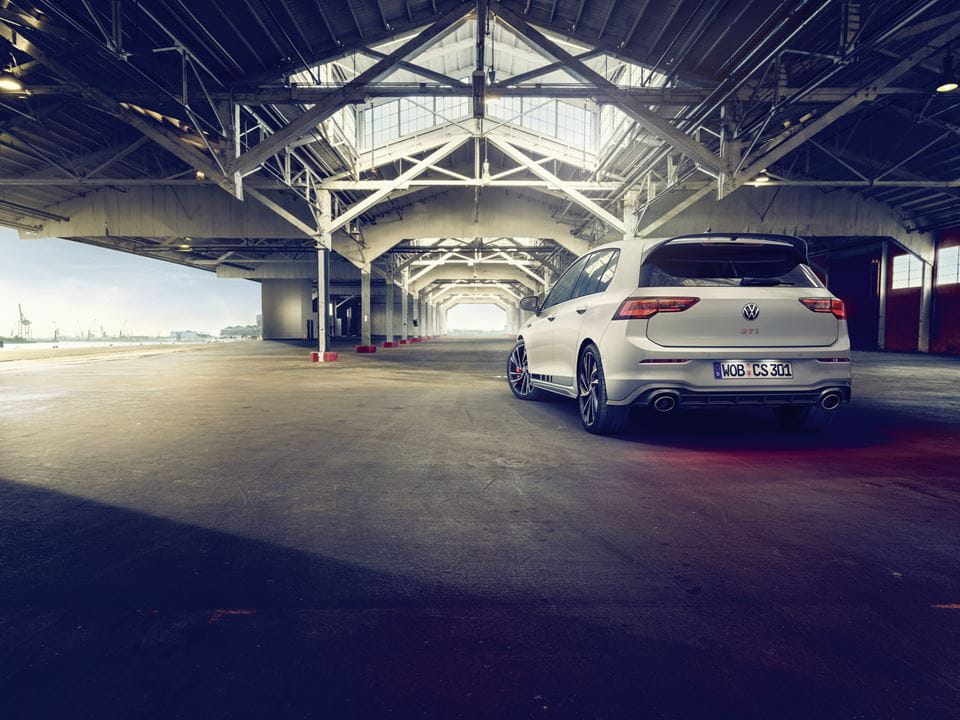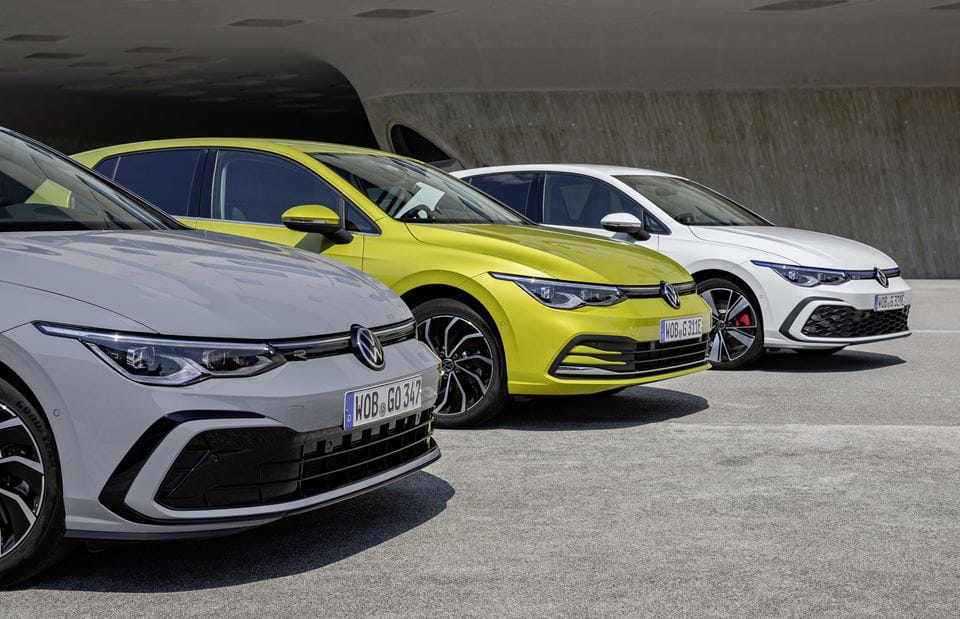
Volkswagen Mk8
Cleverly evolutionary as ever
- Technically evolved and connected
- New mild-hybrid engine options
- Raft of new digital technology

Cleverly evolutionary as ever
Since its introduction in 1974, more than 35 million Golfs have been sold. Digitally remastered to enhance user experience and boost efficiency and performance, the Golf Mk8 is ready for the future. Built on the same MQB platform as the Mk7, this eight-generation version shares the same impressive practical and dynamic driving DNA as its predecessors. However, Volkswagen tossed a handful of its most clever technologies into the mix—including advanced connectivity and driver assistance systems—making this the most responsive, intuitive Golf ever.

Perfect balance of everyday ‘posh’
The epitome of the classless automobile, the Golf bridges mainstream family cars and pricier, premium alternatives. The Mk8 is still unmistakably a Golf, only updated with innovative twists. The Golf 8 features a smart new exterior, clean design with narrow LED headlights, and a leaner front grille. Inside the futuristic interior, you’ll find The Innovision Cockpit, which displays all your settings on a 10-inch screen. Easily adjust your driving position, Driver Assistance systems, and more, and save your preferences after setting up and logging into your Volkswagen ID.

Driving power perfected
The Golf 8’s refined driving manners and greater efficiency can be attributed to Volkswagen’s new e-TSI engine under its hood. The e-TSI drastically reduces fuel consumption and emissions by using a lithium-ion battery to help power the engine at low speeds. Every time you hit the brakes or slip your foot off the gas into coast mode, the battery automatically recharges. For added driver interaction, a six-speed manual gearbox comes as standard. Or, if you prefer more everyday usability, you can choose a seven-speed dual-clutch automatic.
VW Golf Mk8 specifications
Engine | Fuel: Petrol | Fuel consumption: 4.7 l/100km | Engine: 1.4 TSI eHybrid |
Performance | Power: 204 PS (150 kW; 201 hp) | Torque: 350 N⋅m (258 lb⋅ft) | Transmission: 7-speed DSG |
Miscellaneous | Body: Hatchback | Co2 emission: 108 g/km |
